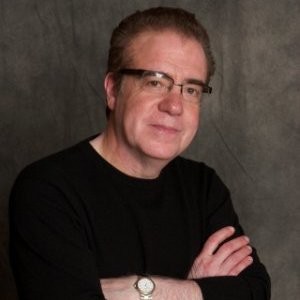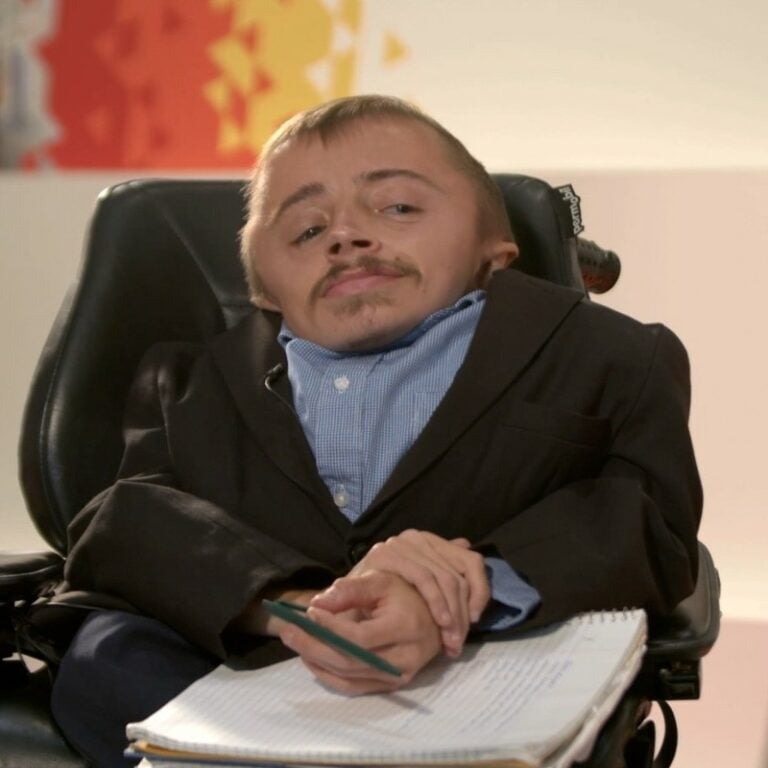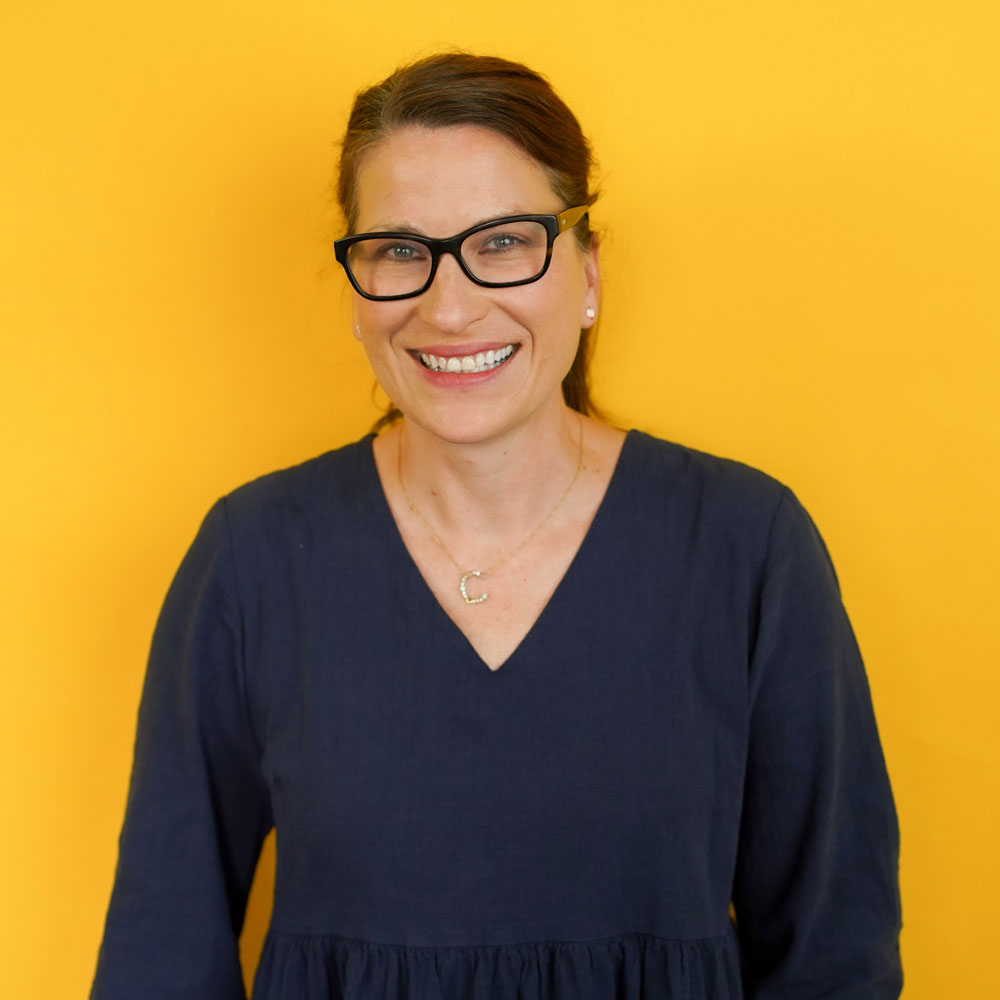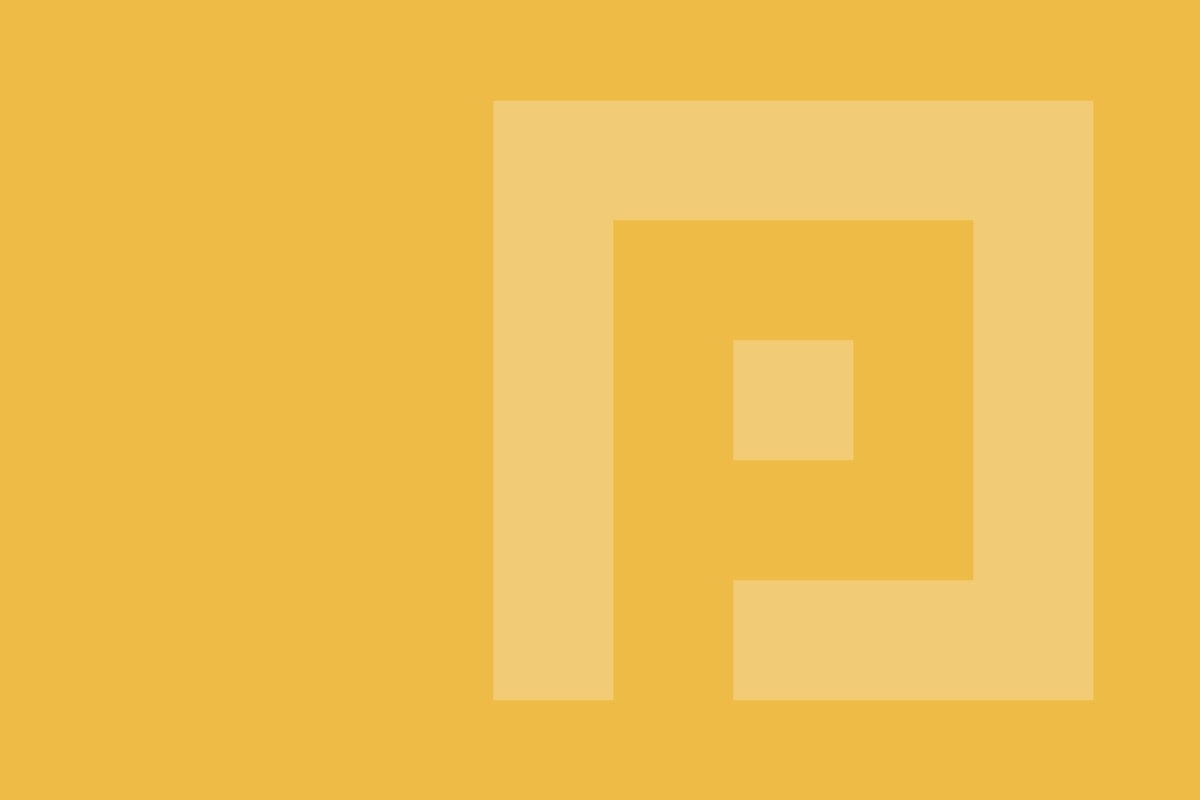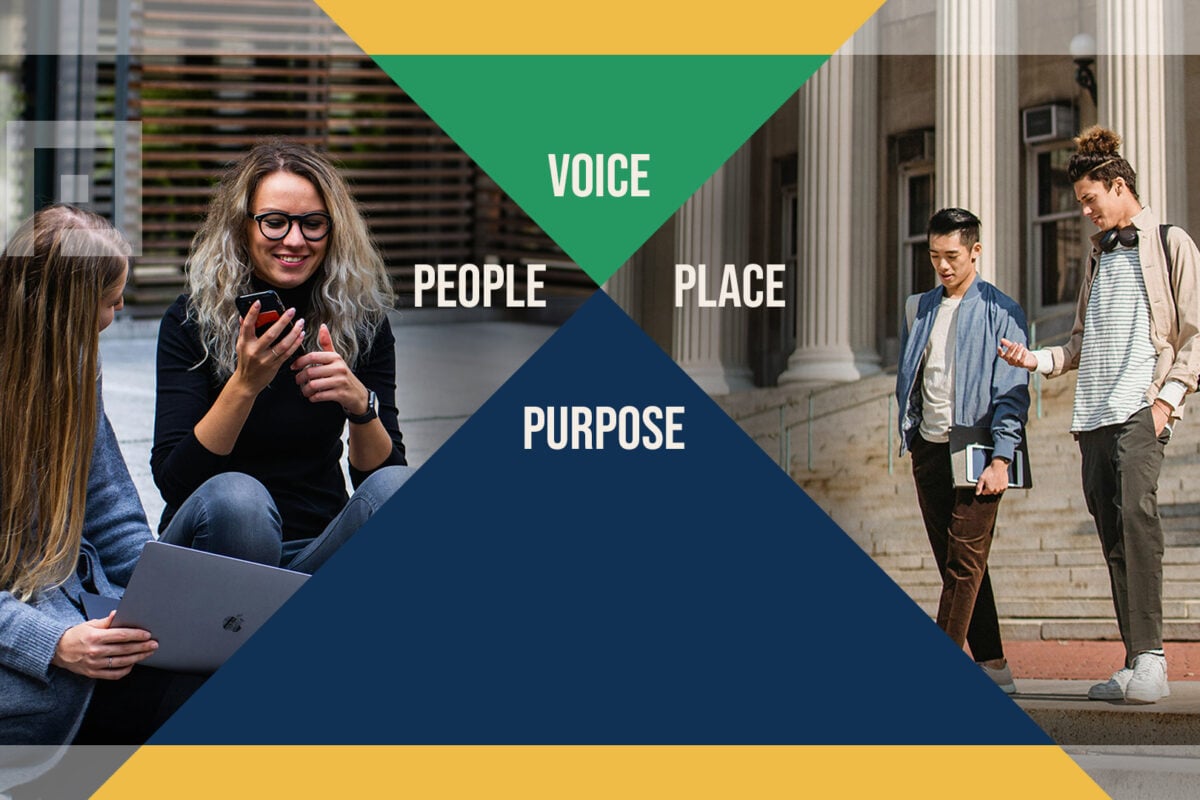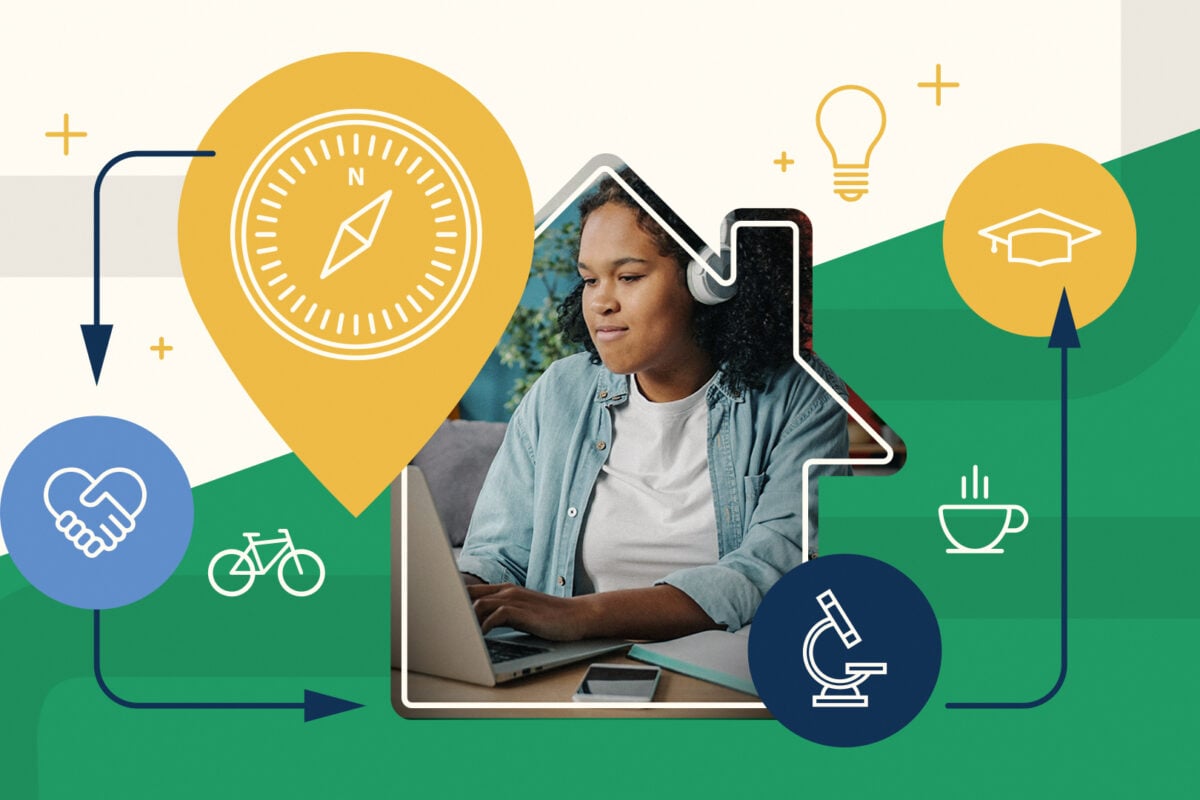Belonging is a key driver in students choosing an institution and staying through graduation. How can colleges and universities engage prospects from a variety of backgrounds, especially to grow a more diverse and inclusive campus?
Show Notes
Higher education disability advocate Ryan Wilson and Rider University DE&I Chair Julio Abreu share their experiences connecting colleges to the communities they represent and offer insights on how institutions can cultivate more inclusivity on campus.
This episode addresses:
- When and how to build inclusivity in your marketing
- Why crafting authentic stories of diverse audiences matters
- How content and language should best represent demographics
- Ways to nurture genuine connections with Latinx and disabled communities
Learn More About Our Approach to Cultivating Diversity
Transcript
Cathy Donovan [00:00:00]
Hello, and welcome to a podcast where we talk about enrollment success and what is making that happen in higher education today. Sometimes enrollment success means innovating in really high-tech ways. And sometimes it’s about connecting in low tech, authentic ways. In a complex world, belonging is much harder than you think.
But we know that it’s essential to not just enrollment success, but student success. I’m Cathy Donovan, Agency Marketing Director at Paskill, a higher education enrollment marketing firm, where we shape the future of institutions. And to us, that future is diverse and inclusive, and we are so excited by that.
Today, I’m joined by two exceptional leaders in inclusive marketing for higher education. If you need some inspiration for why higher ed matters in this world right now, listen up for the next half hour or so for some perspective. We’re going to be talking about building inclusivity, not just when students arrive on campus, but as prospects are considering your campus.
For 25 years, Julio Abreu has led A+ Media, a publishing business that offers full service Spanish language editorial support. He chairs the DE&I effort at his alma mater, Rider University, and has been committed to College Bound Opportunities, seeing students thrive when the right services are provided.
Ryan Wilson is the director of Team Trust Productions, which specializes in video storytelling for the disabled community. Ryan started Team Trust after working for the United States Olympic and Paralympic Committee, the International Paralympic Committee, and an Emmy winning film crew with the Big 10 Network.
He was born with osteogenesis imperfecta and has broken 50 to 60 bones. He’s an athlete and an advocate.
Welcome Julio and Ryan.
Ryan Wilson:
Well, thanks, Cathy, that’s quite the introduction.
Cathy Donovan:
Well, so exciting to share all of the interesting things about both of you. Let’s start by talking about your higher ed journeys, why you’re here, why you’re in this marketplace, Ryan, if you would get us started, please.
Ryan Wilson:
Yeah. So, before I started Team Trust, you know, as you mentioned, Cathy, I was working for the Big 10 network and, you know, we were really working on some awesome films and at the same time, I’m like, man, I think there are a lot of stories out there of students, current and former, really doing awesome things.
And so that’s kind of where my interest in it all came from with the Big 10 Network, but of course, with me, as you mentioned, I have a disability and so I’m always down to telling some really cool stories and helping people feel seen and heard and understood.
Cathy Donovan:
Julio, how about you? Will you share your higher ed journey?
Julio Abreu:
Yeah. Thank you, Cathy. My parents came to the United States from Puerto Rico in the early fifties. Both graduated from high school, but they did not attend college. My dad was the oldest of 11 and on my dad’s side, I was the first of 70 plus cousins who did go to college. It was brought up in New Jersey. I attended Rider College, which is now Rider University.
And during my first semester I did quite well, but I didn’t feel much attachment to the college. So I took the spring semester off and I went to work in Puerto Rico, where I stayed with my grandmother. And while I wasn’t studying, I read my butt off for the classics and I wrote constantly a daily journal.
By the time summer came, I couldn’t wait to get back to college. The light finally went on that working right after high school wasn’t going to cut it. And when I came back, I had some excellent professors who made me feel like I belonged at Rider and motivated me to become a major in Spanish literature and linguistics.
From there, I was able to spend my junior year abroad in Madrid, at the University of Madrid. After that, these great professors helped me get into the top Spanish language and linguistics program in the country, which at the time was the University of Wisconsin Madison. There, I finished my master’s, started doctoral studies, but to make ends meet, I would also do translation work.
And that led me to a career in educational publishing. And I’ve been in that world for 40 plus years. Cathy, as you mentioned, I, 25 years ago, I decided I had learned enough to run my own educational media business. And it’s been very satisfying. We do both English language, Spanish language materials, and full circle where once I wasn’t sure I was going to stay with college four years ago, the president of Rider University asked me to be on their board of trustees. Uh, I accepted with considerable pride and honor. And that, so that means my journey in higher ed continues now.
Cathy Donovan:
Fantastic. So I want to talk a little bit about belonging, which is a very big, important topic in higher ed right now for students. Not belonging is why 25 percent of students with disabilities drop out after their first year of college.
We know that low income, first-generation college students have an 11 percent graduation rate. But before we can talk about external marketing, we do need to talk about retention and internal marketing, which reflects actual campus experiences. So Ryan, will you get us started on, you know, what makes or breaks a good campus experience for students?
Ryan Wilson:
Yeah, no, that’s a, that’s a really good question. I think the reality is college is not easy. I don’t think it’s. Designed to be easier. At least it wasn’t for me. There’s a lot of cost and exams, deadlines, and all these various things. And then when we start to look at what individuals with disabilities are looking for, they’re looking for, can this campus work for me? Can I thrive in this university environment? In terms of accessibility, can I access buildings, are there accessible bathrooms, transportation, all that good stuff, pretty important. And so I think, you know, there is a lot of talk about external marketing and getting the message of, uh, anybody out there, but if you really want to empathize with the disability community and tell stories authentically, it kind of starts with you, um, you know, looking inside. Internally, of course, looking at your current relationship with the disability community. You know, how well do you feel like you understand your campus’ accessibility and all of the needs on campus? And so all that good stuff to make sure that you have a good relationship with your students now, and it’ll continue to evolve in a good way going forward.
Cathy Donovan:
And Julio, for you, what, what does student success look like for the audiences you serve?
Julio Abreu:
For almost 20 years, I’ve worked with a nonprofit called College Bound Opportunities, CBO. As a volunteer, I’ve worked with hundreds of first-generation students and underrepresented students who are very talented.
And what I see for those who are successful, most are. CBO is unique in that the national average hovers around 60% graduation for all students. With CBO grads, it’s close to 90%. So they have a secret sauce that works quite well. And what I see in the students that is promoted by CBO is those students have a very healthy sense of self-esteem and determination. And that’s something that you can help a student enhance. These students, and this is really super important, they learn to be self-advocates. You have a high percentage of students, especially underrepresented students, who see seeking help as a weakness. The self-advocates, the students who really get it, they see it as an advantage.
They go after it because it’s those support systems that help them meet their goals. These students also take their studies very seriously, and they join organizations, and they get involved in events. And while it’s important, essential for the institution to reinforce belonging to the campus and the college community, this is the other side of it where a student needs to recognize that they can have a stronger sense of belonging if they get involved in what’s going on at their college or university.
As far as some of the whys, why the students get that far, they have, they tend to have very supportive parents or guardians who realize that a college degree is a better option than just going to work after you graduate from high school. Beyond that, they develop friendships. There’s something that I consider positive peer pressure, and they develop friendships at college where they have friends who have similar academic goals to them.
There’s a Spanish expression, and I use it a lot, “Dime con quién andas, y te diré quién eres.” “Tell me who you hang with, I’ll tell you who you are.” And compare that to the students who don’t care as much about college. It’s Thursday night, time to go on the binge and hang out with your friends who don’t care that much. That’s not what the success, they may party some, I’m not going to be naive about that, but the successful ones hang with the people who have similar career and academic goals.
Cathy Donovan:
Very true, but sometimes finding those like-minded individuals can be hard. Ryan, do you have any stories to share of, you know, people that inspired you and, you know, put you on a path of belonging and, and change your experience for you?
Ryan Wilson:
You know, I, I grew up in the middle of central Illinois, surrounded by cornfields and seemed like I was the only guy in a wheelchair in town at, you know, not statistically accurate, but just a perception. And then when I went to college, uh, the University of Illinois, much better than the University of Wisconsin, uh, by the way, Julio, at least, uh, sometimes, in basketball. And so when I went to the U of I, I knew I wanted to be around the athletes who had disabilities. And these athletes were, like, nothing I had ever seen before. They were my size, so I’m three eight. They had my disability, yet they’re benching a couple hundred pounds. And they have six pack abs. Like, man, why do I not look like that? What am I not doing? They kind of let me into their world. And that’s when I think, uh, there was this moment of, man, this is not necessarily a friendship. This is more of a family that they’ve let me into. There was no question that I belonged in that group. And, uh, I still feel that way. It certainly helped me pull through challenges of being a student and just navigating my own way.
Cathy Donovan:
I think that’s the opportunity for colleges. It’s not just what you study, it’s who you’re studying with and how that could make such a difference in the kind of person you become, what kind of professional you are in the world. So let’s shift a little bit to external outreach. Now, how can institutions set a tone in their marketing that is inclusive and authentic? I’m looking for your insights first, Ryan, on just the services, but what are ways that signal that we understand you and we want you here?
Ryan Wilson:
I think, um, you know, when we talk about the, uh, there can sometimes be a tendency to just want to check a box, like let’s put this person in a picture or in a video because that’s what everybody wants, but obviously it’s just not too authentic. The reality is anybody can have a disability if you don’t today, you might tomorrow and you might even have a family member or friends who has one. And so I think a good starting point for getting the message of your students with disabilities out there is going to where they’re at, not singling them out. I mean, that’s not really fair, but acknowledging that their experiences, their journeys, their academic success is just as worthy as anybody else’s. And so there’s really no shortage of disability related student groups, you could tap into those just make your presence known and then beyond that show you care.Um, and of course, from that, there will, I promise you be a good stream of stories and ideas for contents across any channel.
Cathy Donovan:
Julio, how about for you? What are some external marketing strategies that you see, you know, working for Spanish speaking students?
Julio Abreu:
I would say that most colleges do a pretty good job in their print and digital media of showing diversity. But I confess that I see a number of colleges that drop the ball. And what I see there is that they need to enhance the diversity of their marketing team as part of that, to have their diversity radar on all the time. So that to me, that’s one issue. Another one is, and this is more, you might consider internal marketing, but especially in rural areas, not so much urban, most colleges struggle to have their faculty and their staff approximate the diversity of their student body. And that’s challenging for a high percentage of colleges. For those who get it, you have a president and his or her administration that are extra supportive of HR departments in putting extra effort into recruitment of diverse faculty members and staff, and also, and this one’s always challenging, provide enough additional budget to make that happen.
And then the other issue with staying with internal marketing, it’s really important, I think, to have the whole college, university community, faculty, and staff recognize they’re an extension of marketing, that they are providing customer service. That’s invaluable to supporting the persistence and retention of the students.
And retention has a dollar value to it that goes beyond the all-important altruism that goes into supporting, underrepresented populations. So whether it’s underrepresented or all the other students, it’s important to support students of all colors, all ethnicities and genders for the sake of the students and also for the sake of the university or college.
Cathy Donovan:
Clearly, political shifts are happening. Of how equity impacts enrollment marketing to diverse students. Julio, can you talk a little bit through of, you know, moving forward if institutions want a diverse class, they do have to work on how they market to make sure those populations feel welcome and can see themselves there. So what are some big shifts that you think will happen with this Supreme Court decision and marketing to diverse students moving forward?
Julio Abreu:
I’m still not sure to what extent the Supreme Court’s decision is going to impact. I’m hopeful that the majority of colleges and universities will be able to work around that to be able to fulfill the important commitment, the value proposition to all students, including those that are underrepresented.
Going back to something Ryan said that, uh, I strongly support you know, images often of, of Latinx students should be of all color and sizes, and not the catalog shots that lack authenticity. When you get authentic images, then you have students saying, Hey, these students look like me. I should check this out.
One of the few bright spots for most colleges and universities is the increase in Latinx student enrollment. The demographics are not looking great for the general student population because high school graduate, that number is going to continue to drop over the next two or three years. So while we have these important altruistic commitment to all students, there’s a bottom line case for marketers and for others to realize that this may be one of the few ways you can grow enrollment and also to keep your existing underrepresented students motivated to, to graduate.
Cathy Donovan:
Well, you know, those are some big issues to consider and important issues. Sometimes marketing content because there’s so many platforms and there’s so many ways to connect with an institution. Sometimes there’s subtle signals that, um, certain groups don’t belong. And I’m wondering if either of you can kind of speak to that of, you know, if it’s not in the college setting, if it’s in the marketplace of just, you know, subtle cues, if it’s visual or not even just certain terminology or, um, phrasing, you know, just the, not just the big picture, but also like the, the signals that I think folks can feel an immediate unbelonging.
Ryan Wilson:
The reality is, for me and a lot of other individuals who have disabilities, when we’re looking at a college, we’re of course looking at, you know, the major, the minor, we can guess, professors, all that good stuff, but we’re also looking at where is their disability resource center? Where can I learn about accessibility?
And in a lot of cases, unfortunately, those references to disability or accessibility can be buried on the website, not even mentioned on the homepage. And you can search it on the homepage and, uh, you kind of get lost in the results and so that college is probably not setting a good example. And then if you take it a step further, when you go on the disability resource page, you can kind of sometimes find blurry pictures of people who look like me or just not great content. And so if, if the content is a low quality, then will a student with a disability expect high quality education and a high quality experience
Cathy Donovan:
Good points. Julio, do you have anything to add to that?
Julio Abreu:
Sure. In the world I inhabit working with different colleges, the ones who really get it as far as Latinx students have marketing materials, both in print and digital that are bilingual or Spanish. I think that’s often overlooked, even though these colleges are looking to increase the enrollment of that type of student. And the point there is you could say, well, they’ll just see the pictures of Latinx students and they’ll want to come, but it’s more than just the student.
The target audience includes parents. So while the Latinx population is a mix of different levels of Spanish language literacy, there’s certainly a critical mass of Spanish language, individuals, readers. So the ones who really get it are many of our clients, they produce, um, and help, we help them produce a series of bilingual material so that they show the cultural relevance of their commitment.
I want to give an example and it’s, it’s almost funny, but a lot of schools promote their ESL program and all the materials in English. And it’s like, well, wait a minute. You’re trying to learn English, you may not know it at all, but everything you write to this potential prospect is in the language they really don’t know.
And, and I’ve embarrassed a few marketing people, not intentionally, but by saying, this might be a good idea. And that goes beyond ESL to more basic things like, how to register, how to apply, student services, um, it’s, it’s worth the expense because the upside is so great for those institutions.
Cathy Donovan:
We’ve been talking about, you know, what not to do.
Are there any schools or experiences that you see that are marketing in an inclusive way that you think are inspiring or, you know, are worth showing?
Ryan Wilson:
Julio, you want to take this? I think you’re on a good run here.
Julio Abreu:
I think the biggest issue with the Latinx students and underrepresented students is the cost of college.
That looms largest, especially as a student trying to get into college. So I’ll use my own alma mater as a good model of what’s happened in recent years. Rider now has a new program from two years ago called Lifting Barriers, and that includes generous financial aid to underrepresented students and includes extra student support that first year and beyond and not to be forgotten one of my passions, they offer extra career guidance support for the students. And beyond that, they have a new program, which is very innovative, and it’s called the Cranberry Investment. And if you’re a Rider graduate that hasn’t found a job within six months of graduation, you can come back to Rider and get free courses and free career coaching to help enhance your credentials to be able to get the job or grad school, whatever you’re aiming for after your four years of college.
Ryan Wilson:
That is impressive. Wow. No, I think, uh, in terms of disability, that the organizations or universities that set the example, um, you know, I, I think, uh, I think there are a lot of good universities doing a great job of highlighting their students with disabilities, excelling, you know. I can look at and The University of Illinois, of course, um, you know, they like to highlight their, their wheelchair racers, uh, my friends.
Why not? I mean, these athletes are racing in marathons, often the Boston Marathon, New York City Marathon, and they’re really doing some awesome things. Um, and so, you know, why not? I mean, they’re, they’re really doing a good job by that. Um, and then, you can look on the other end of the spectrum. I think maybe there are some things missing in the mark in terms of the, the disability resources and the references to that.
And so some colleges do better at that than others. But, uh, you know, um, it’s all a work in progress and we’re all learning every day.
Cathy Donovan:
And we know that being inclusive is a goal for a lot of institutions and individuals working at those institutions or partners. So what are some final words for enrollment marketers trying to best connect with your communities?
Ryan Wilson:
Well, um, you know, after hearing this podcast and our conversation, hopefully people are excited about the possibility of helping people feel heard and really understood. I wouldn’t engage with the disability community because you think it’s a great idea. Like, why do you think it’s a great idea? Um, what, what are the benefits of that? And I can rattle off a bunch, but… You’re just validating the fact that anybody is worthy of doing great things, and it’s not really there if you highlight one student who doesn’t have a disability, but then you look at the student who has a disability, and man, their accomplishments are amazing. And they definitely deserve to be highlighted because it’s a recognition that everybody deserves equal attention and to have their stories told.
Cathy Donovan:
Julio, some final words from you about what enrollment marketers can do best to help connect with your communities?
Julio Abreu:
Sure, I think it’s important for enrollment marketing teams to continually enhance their cultural competence with the support of either in house DEI specialists or outside consultants, so that they’re totally in tune with the target audiences they’re reaching out to. While DEI has come under fire, and a certain number of states, I’m not speaking politically. I’m talking about what’s best for a college, university and how do you deliver on the value proposition that you’ve promised your students. So it’s that awareness of the importance of diversity, equity, inclusion that can make a difference both in the students and also in the bottom line.
Cathy Donovan:
Well, thank you both for joining me today. And for more about Ryan and Julio and their work, you know, please see our show notes for their materials or contact information. And I hope folks keep Paskill in mind as your higher education enrollment marketing resource and hopefully partner. Thank you so much.

